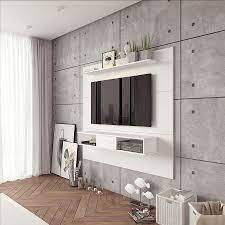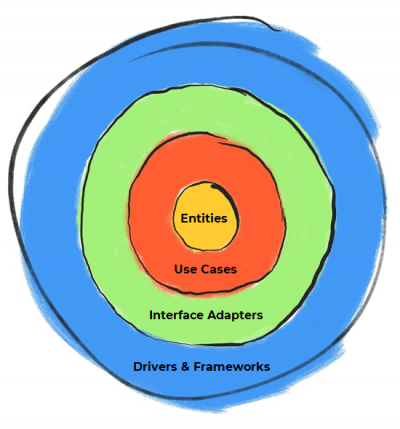You now have a 55-inch LCD HDTV that will blow away your old entertainment system. Now you have the TV, your TV hookup and speakers. It is now time to choose where and how you want it set up.
There are many options available so make sure to consider all of them. There are many options. You can mount your TV on the wall, or put it on a stand or cabinet stand. Let’s look at all the options to choose which one suits you best.
Wall Mounting for a TV
Many people will mount a TV on a wall as an option. For a variety reasons, this is a popular choice. Wall mounts are durable and easy to install. This is especially true if your TV was designed specifically for wall mounting or one that is compatible with them. Simply attach the mounting plate to the wall, attach one plate to your TV, and join them. Let’s look at the advantages and disadvantages.
Pros
Mounting the TV on your wall will allow you to choose the best position for you. You can mount the TV anywhere you have solid wall studs. This is great for finding the perfect viewing angle and position.
TV Wall Mounting has the added benefit of being able to tilt. This allows for a wide range in viewing angles and positions.
Wall mounting is great for bedrooms, especially because it allows you to mount your TV high on a wall. This makes it easy to view from bed.
Wall mounts can look modern, sleek, and minimalistic if you don’t have an entertainment center. They look great.
Wall mounting a TV has another benefit: it is safer for pets and kids. An unmounted TV can cause injury to pets or children if it falls from a stand. A wall-mounted TV will not fall.
Wall mounting a TV has its drawbacks. There might be pictures on the wall. Or maybe there are pipes and cables behind the wall that make it difficult to mount the TV exactly where you want it to.
Wall mounting a TV is not an easy task. Mounting a TV on a wall is not easy.
Mounting a TV to a wall is a problem because it cannot be moved. Although technically you can move the TV, this would require that you reinstall the mount from scratch. A wall mount is fixed.
Wall mounts may not be the best option for hiding wires and cables, especially if your entertainment center (movie players/speakers, etc.) is connected to the TV.
With a TV Stand
A TV stand is the other option that we will be discussing. This will be a little vague as there are many kinds of TV stands. These include simple glass or metal stands, full-cabinet stands and motorized ones. Let’s examine the pros and cons for each of these TV stands.
Pros
Easy to assemble, TV stands don’t require mounting. It is easy to assemble, simply place your TV on the stand and plug it in. It doesn’t need to be mounted on a wall, or deal with other issues.
Television stands come in all sizes, but larger TV stands and entertainment centers work better for those with many gaming consoles and video-watching devices. A cabinet stand can hold all these items and still look great, which a wall mount cannot do, especially when it concerns hiding wires.
A motorized or adjustable TV stands allow you to move your TV around, tilt it, etc. A stand with wheels is even better because you can move the TV around.
Televisions that are only required to be mounted on a stand and not on a mount-compatible TV will be more costly than simple stands.
A TV stand is a bit more dangerous because it can be knocked over and injure someone or cause damage to the floor (or the TV).
TV stands can take up much more space than flat screens, which can be a problem in a small space. Flat screens mounted on walls take up very little space while stands, or a complete entertainment center, require a lot.
Basic TV stands, which are not adjustable/motorized, have one problem: the TV cannot be placed high enough on a wall to provide the best viewing angle.
Conclusion
These are the main differences between mounting a TV to a wall or putting it on an entertainment center cabinet or stand. Each have their own pros and cons. It’s up you to decide what your needs Are.






